I need low cost wind direction sensor.
Requirements (edited)
- low power
- low cost ($5 or less)
- wide temperature and humidity range (it will be part of weather station)
- at least 5 degrees acurracy and resolution
- response time - it may be few seconds, but faster is better
Optional:
- low complexity
- small size
It's for solar powered weather station based on Raspberry Pi. I have 1 ADC input there and i2c exposed. I can use microcontroller between Raspberry and sensor (and more ADC channels if necessary).
I was thinking about synchro, but I'm worried about power consumption.
My best idea so far is sensor with magnet or few magnets and hall sensor.
Is this good idea? I expect wide temperature and humidity changes.
If not - anyone got better idea?


